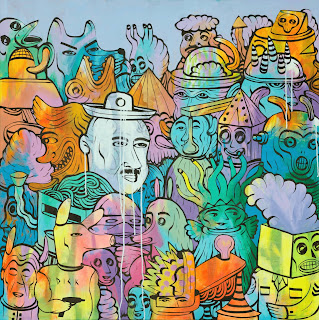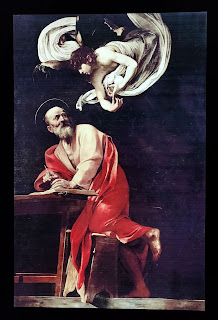Sensory Photography @ RUANG by Think City
Billed as “Malaysia’s first photography exhibition by the visually impaired”, the second-floor space features snapshots by seven individuals with differing severities of low vision . How does one who is visually impaired, makes use of the photographic medium to capture an image? What is captured, if composition and technical qualities are put aside, and for what purpose? After the first walkthrough, it is apparent that most pictures possess an oddball quality absent from a typical show featuring amateur photographers. The angle of snapshots taken is lower. Things appear off-centre, yet the focus is intentional. Perhaps most surprising is that photographs do not display dramatic contrasts, a relatively simple approach towards creating visually attractive pictures. (clockwise from left) Snapshots of Ahar bin Tabe - "Cycle", tactile photography exhibits, "Journey" What triggered my reflections about photography as a medium, are the displays placed along the


